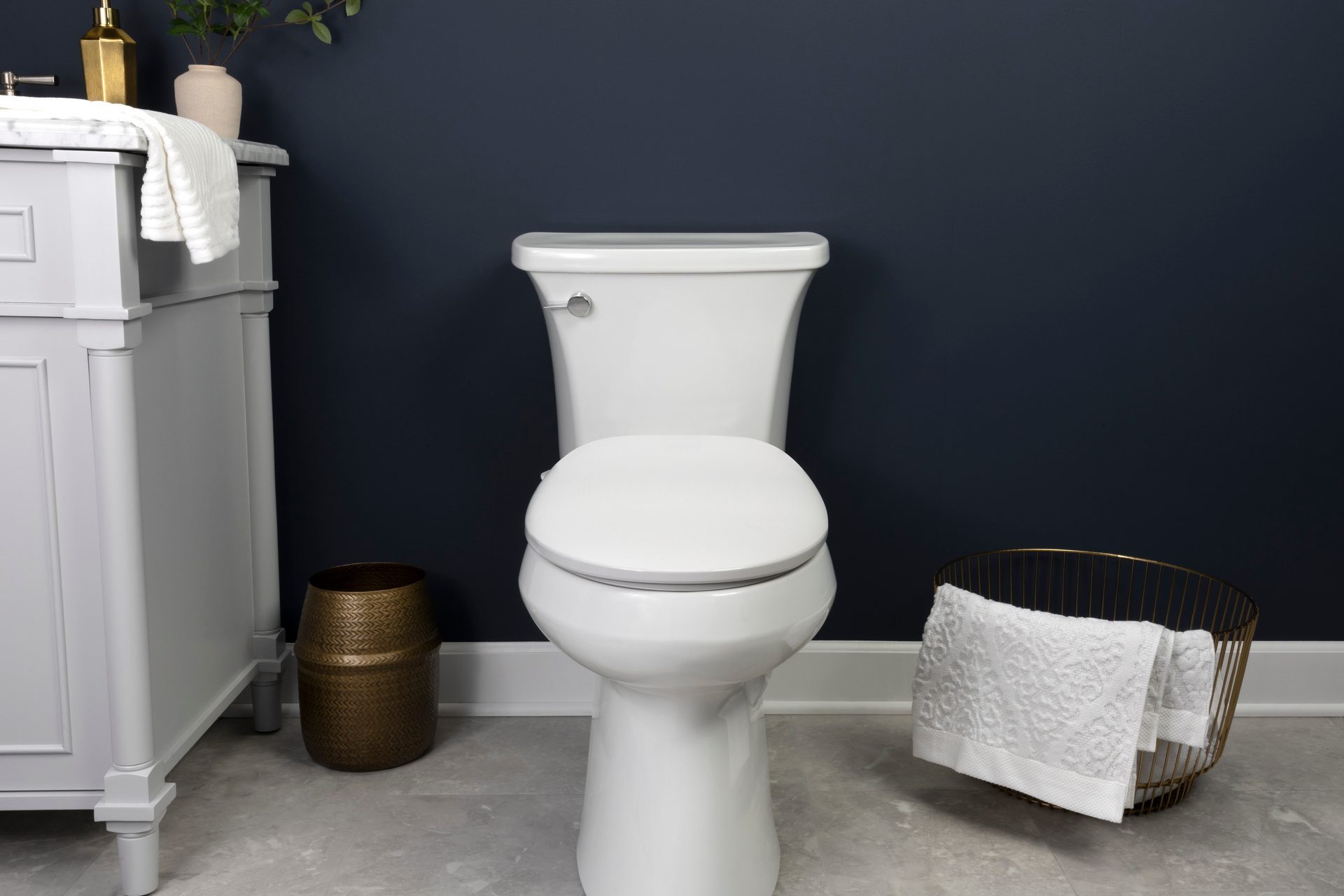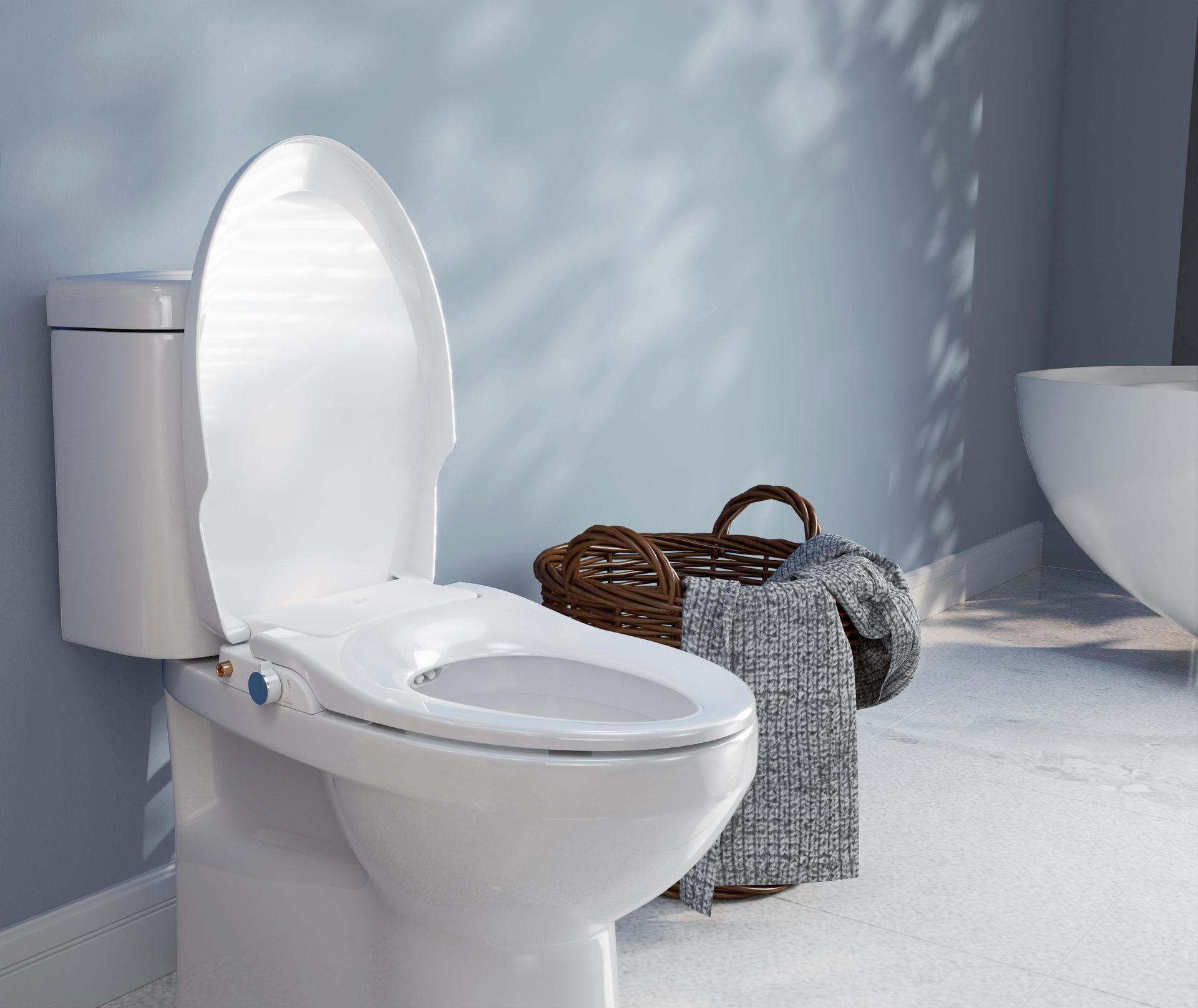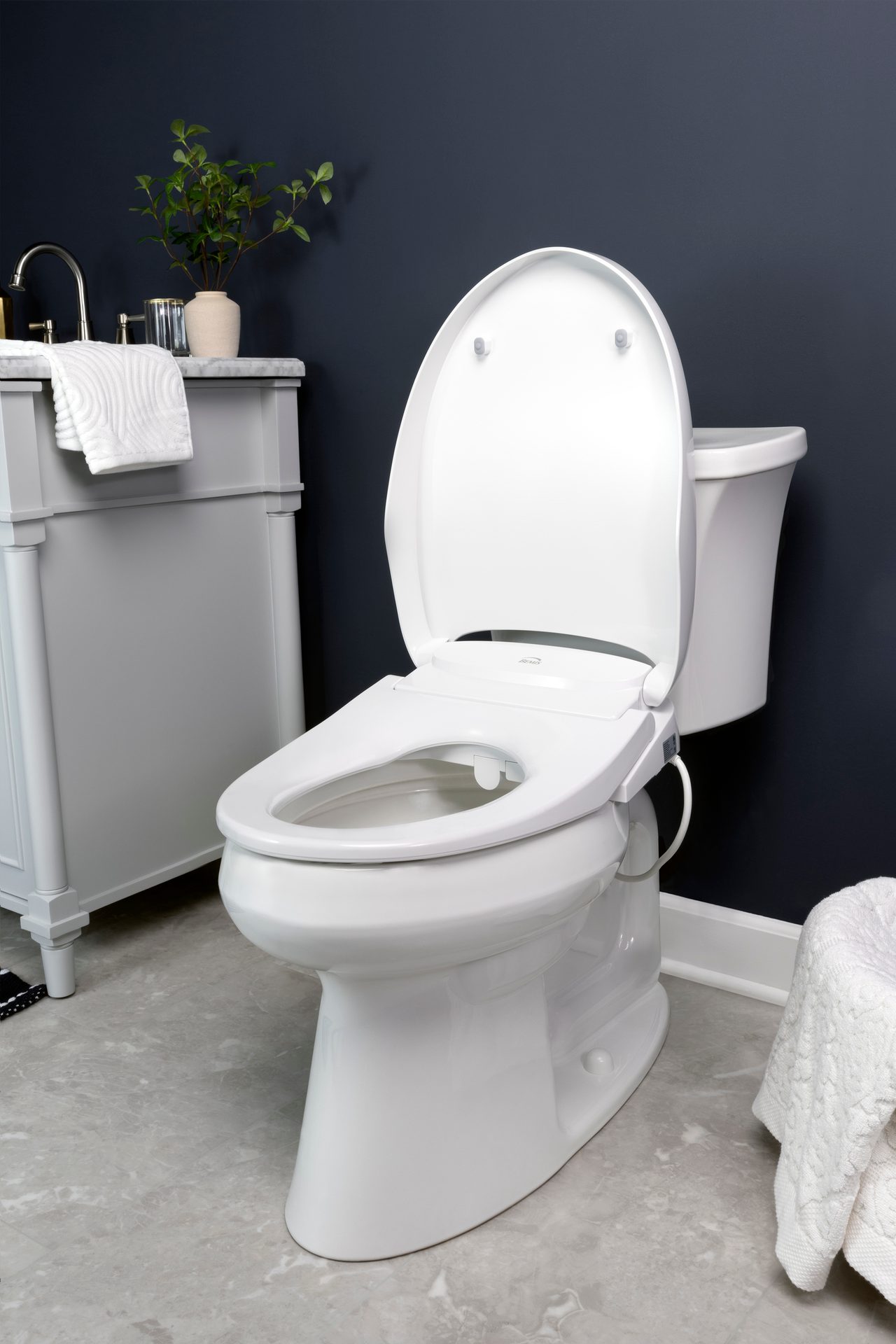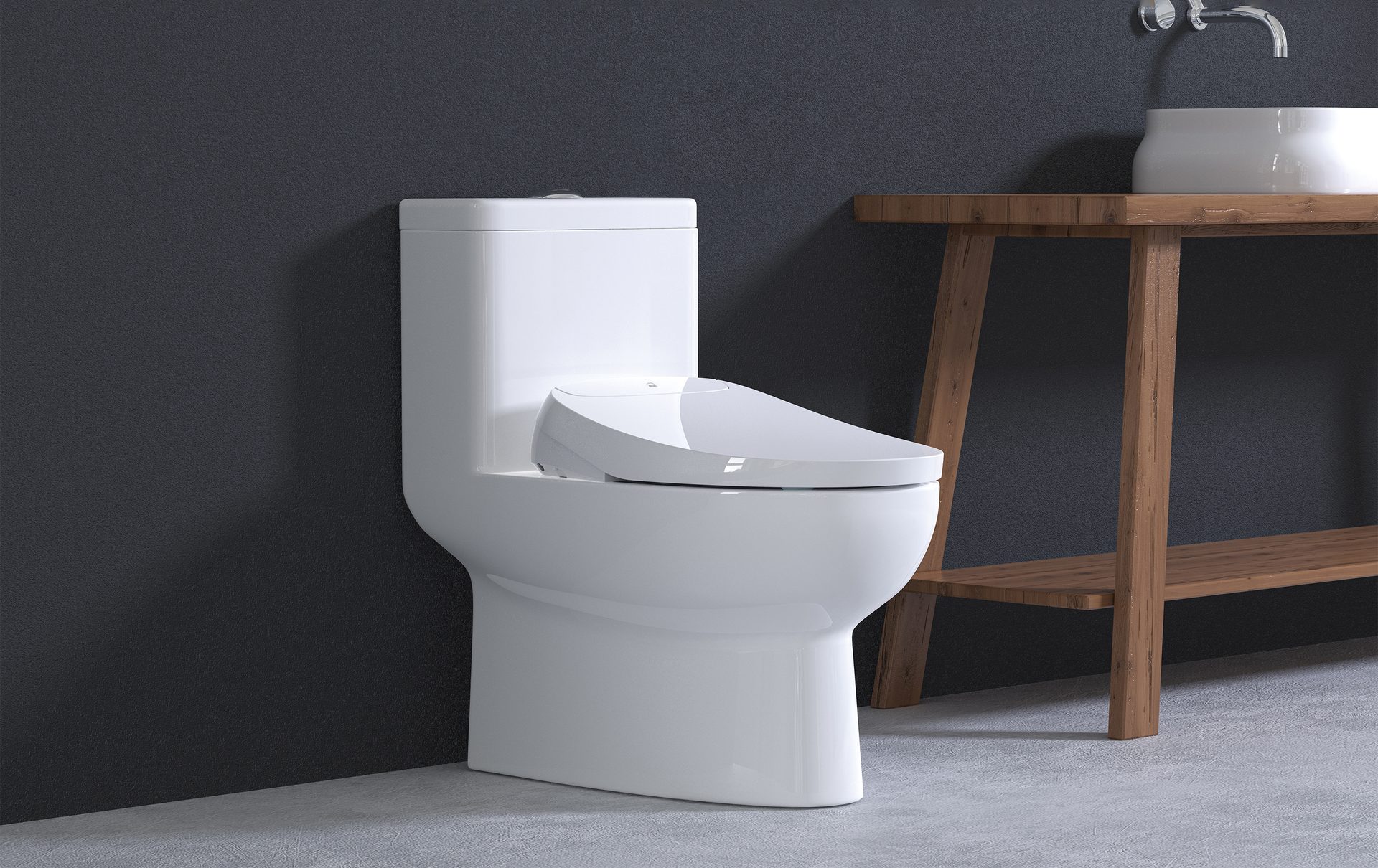Residential market update
The Rise of the Bidet
Technical advances and lifestyle shifts accelerate the adoption of bidets
By James Amburgey

Bidets have evolved significantly from their inception in 16th-century France where they were primarily used by the French nobility to modern-day iterations. The evolution reflects how views on hygiene, health and accessibility have changed. Driven by technological advancements and a growing emphasis on personal care, the once-simple fixtures have become essential components of modern bathrooms worldwide.
The earliest bidets were small, bathtub-shaped fixtures filled with water, used primarily by middle-to-upper-class households. Fast-forward to today, and bidets are now highly sophisticated devices, often integrated into smart toilets and toilet seats or available as attachments that can be easily installed on existing toilets. These modern bidet systems offer a range of features designed to enhance user comfort and hygiene, including temperature control, pressure adjustment, heated seats, air drying, remote controls, and self-cleaning nozzles.
Technological advancements in bidet systems
Modern bidet systems have revolutionized personal hygiene. They allow users to adjust water temperature and pressure, ensuring a comfortable and soothing experience tailored to individual preferences. Air dryers further enhance hygiene by reducing the need for toilet paper and supporting environmentally sustainable practices.
Heated seats, a feature particularly appreciated in colder climates, provide extra comfort, especially for elderly users or those with arthritis. Self-cleaning nozzles, which sanitize themselves before and after each use, ensure maximum hygiene and reduce user maintenance.
"Modern bidets offer a combination of advanced technology and user-friendly features that cater to the diverse needs of today's consumers," says T.J. Stiefvater, Vice President of Marketing at Bemis Manufacturing Company. "These innovations have made bidets more accessible and appealing to a broader audience."
Technological advancements in bidet systems also include deodorizers, night lights, and customizable user settings. Deodorizers help maintain a fresh bathroom environment, while night lights guide nighttime use and enhance safety. Customizable settings allow users to save their preferred water temperature, pressure, and nozzle position, ensuring a consistent and personalized experience each time.
The next generation of bidets includes even more advanced technologies, such as app-enabled controls, such as the Bemis Living app, which allow users to customize their routines on any compatible bidet seat.

Modern bidets offer a combination of advanced technology and user-friendly features that cater to the diverse needs of today's consumers.
As technology advances and adoption rates increase, we see a future where bidets become a standard fixture in every bathroom.

Bidets and accessibility
One of the most significant benefits of modern bidet technology is its ability to improve accessibility and independence for seniors, individuals with disabilities, and those with limited mobility. Bidets offer a practical and dignified solution to personal hygiene challenges and provide thorough and gentle cleaning while reducing the need for toilet paper. This is particularly beneficial for individuals with sensitive skin or specific medical conditions.
Modern bidet systems are designed with accessibility in mind, featuring large, easy-to-press buttons and simple interfaces that can be operated without difficulty. Some models even offer voice-activated controls, further enhancing convenience for users with limited hand mobility or visual impairments. The technology can be combined with toilet seats that offer adjustable seat heights and nozzle angles that cater to users' needs with varied body types and mobility levels, ensuring a comfortable and effective cleaning experience.
Sturdy support arms and grip bars, often included in accessible toilet seats, provide additional assistance to users who need help sitting down and standing up. This added stability is crucial for preventing falls and ensuring user safety. Stiefvater states, "Bidet technology has evolved to meet the diverse needs of users, offering not only enhanced hygiene but also greater accessibility and independence."
The accessibility benefits of bidets extend beyond just the elderly and disabled populations. Individuals recovering from surgeries, injuries, or illnesses can benefit greatly from using bidets. These devices offer a gentle and effective cleaning method, reducing the risk of infection and promoting faster healing.
The Pandemic and the bidet boom
The COVID-19 pandemic significantly influenced the bidet market, particularly in the United States, where toilet paper shortages prompted consumers to seek alternatives. As people tried bidets out of necessity, many discovered the benefits of superior hygiene and comfort, leading to a lasting change in their bathroom habits. This shift has contributed to the increasing popularity of bidets and highlights their potential to improve everyday life.
"During the pandemic, many individuals were introduced to bidets for the first time and quickly realized how transformative they could be for personal hygiene," noted Stiefvater. "This experience has driven a surge in demand for bidet systems as people recognize their value beyond just a temporary solution."
The pandemic also heightened personal hygiene and sanitation awareness, further boosting the bidet market. With health and cleanliness becoming top priorities, bidets emerged as a reliable solution for maintaining hygiene, reducing reliance on toilet paper, and minimizing the spread of germs.
The global bidet market size is expected to reach approximately $47.5 billion by 2032

With health and cleanliness becoming top priorities, bidets emerged as a reliable solution for maintaining hygiene, reducing reliance on toilet paper, and minimizing the spread of germs.

The role of bidets in sustainable living
In addition to their hygiene and accessibility benefits, bidets contribute to sustainable living by reducing toilet paper consumption. Traditional toilet paper production involves significant deforestation, water usage, and energy consumption. By reducing the need for toilet paper, bidets help to conserve natural resources and minimize environmental impact.
"Bidets are not only a smart choice for personal hygiene but also for the environment," explained Stiefvater. "They offer a more sustainable alternative to traditional toilet paper, helping to reduce our ecological footprint."
Reducing toilet paper usage also translates to cost savings for consumers. While the initial investment in a bidet system may be higher, the long-term savings on toilet paper can be substantial. This makes bidets a cost-effective solution for households seeking to reduce expenses while maintaining high hygiene standards.
The evolution of bidet technology reflects a commitment to improving hygiene, accessibility, and quality of life. From humble beginnings in 16th-century France to the advanced systems available today, bidets have become essential fixtures in modern bathrooms worldwide. By focusing on continuous innovation and accessibility, companies like Bemis Manufacturing are paving the way for a future where everyone, regardless of physical ability, can benefit from modern hygiene solutions.
The increased adoption of bidets, spurred by the COVID-19 pandemic and a growing awareness of their benefits, highlights their potential to transform personal hygiene and wellness. As the market continues to evolve and grow, bidets are set to become a standard feature in homes, providing comfort, convenience and environmental benefits all in one.
The future of the bidet
The global bidet market is poised for significant growth, driven by increasing awareness of the benefits of bidets and a growing aging population. According to market projections, the global bidet market size is expected to reach approximately $47.5 billion by 2032, growing at a compound annual growth rate (CAGR) of 6% from 2024 to 2032.
The COVID-19 pandemic has further accelerated the adoption of bidets, and this shift in consumer perception presents a major opportunity for wholesalers and retailers to promote bidets as essential hygiene products.
Continuous innovation in bidet technology, such as integrating artificial intelligence (AI), is expected to further enhance functionality and user experience while most consumers are still getting acquainted with recent innovations like app-enabled controls, customized user settings, advanced cleaning mechanisms and energy-efficient designs.
James Amburgey is the Director of Product Line Development – Bidets for Bemis Manufacturing Company
Images courtesy of Bemis Manufacturing Company.
